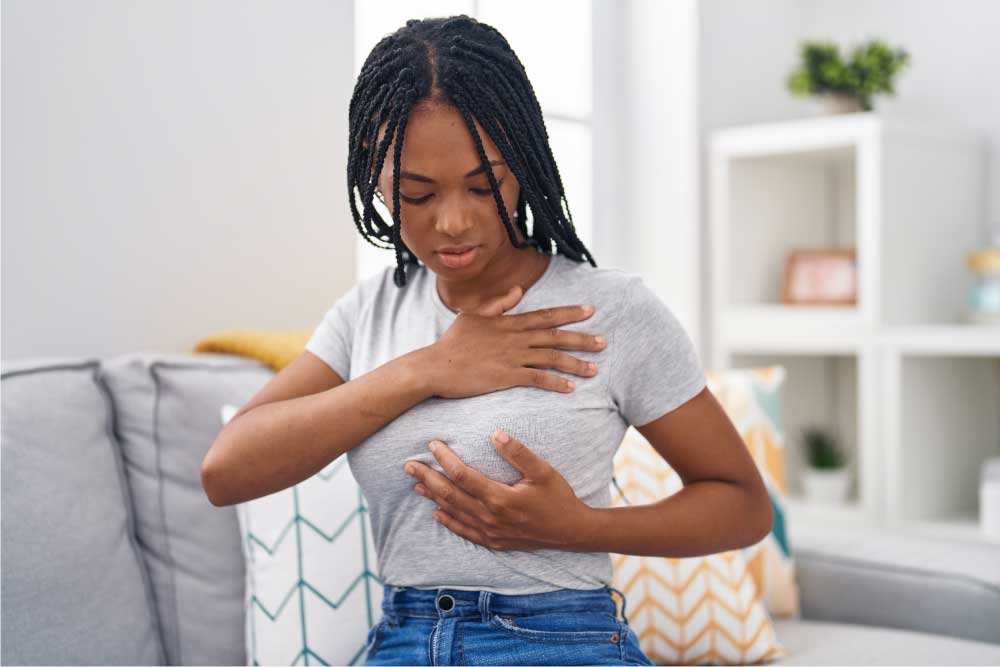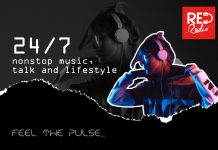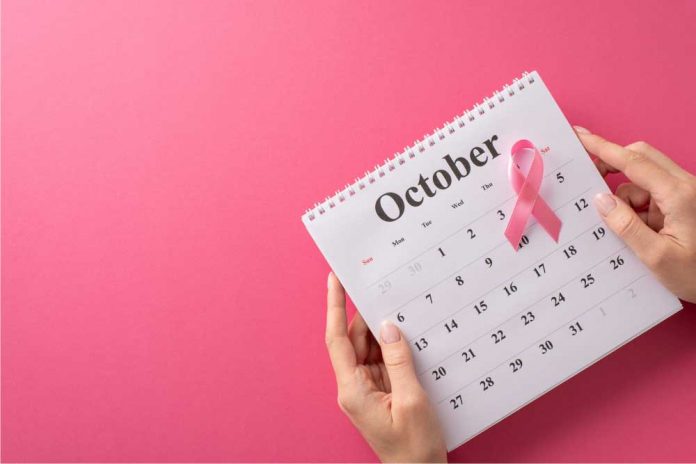October of each year is set aside to raise awareness about breast cancer and research for a breakthrough in the treatment of the disease. Breast cancer is the most common cancer in the world, with women being the most affected.
According to the World Health Organisation, 2.3 million women were diagnosed with breast cancer accompanied by 685,000 deaths globally in 2020.
Although cases are higher in developed countries, recently there has been a rise in the number of cases in developing countries including many African countries like Nigeria. West Africa now accounts for about 23% of all cancer cases, this clearly shows that cases are on the increase.
Early detection and treatment remain the most effective ways to beat breast cancer. One of the ways you can detect if there’s something unusual about your breast is to do a Breast Self-Exam.

Follow these 5 steps to do a Breast Self-Exam:
1. Examine Your Breasts in a Mirror with Your Hands on Your Hips
Look out for the following; check that your breasts are their usual size, and colour and are evenly shaped without swelling or visible distortion. If you notice puckering, swelling of the skin, dimpling or anything unusual like soreness, rash or uneven nipple position, see a doctor immediately. Begin by looking at your breasts in the mirror with your shoulders straight and your arms on your hips.
2. Raise your Arms and Examine Your Breasts
Check for the same changes in step 1.
3. Check for Fluids or Discharges
Check both nipples for any discharge coming out. The fluid could be watery, yellow, milky or even blood.
4. Lie Down and Feel Your Breast for Lumps
While lying down, use your right hand to feel your left breast, and then your left hand to feel your right breast. Stroke from the top to the bottom of the breast, moving across from the inside of the breast, working your way into your armpit area. This can also be done in a circular motion, making sure you cover the whole breast.
5. Stand or Sit and Feel Your Breasts for Lumps
This is best done in the shower when your skin is wet and slippery. Do this by covering your entire breast, using the hand movements that you used in step 4.
Breast self-exams do not in any way replace regular physical exams by a doctor, mammography, Ultrasound or Magnetic Resonance Imaging (MRI).
Read Also: 11 Ways to Destress at Work






















